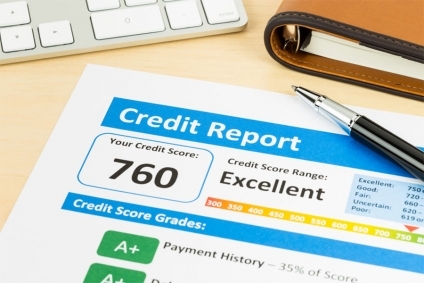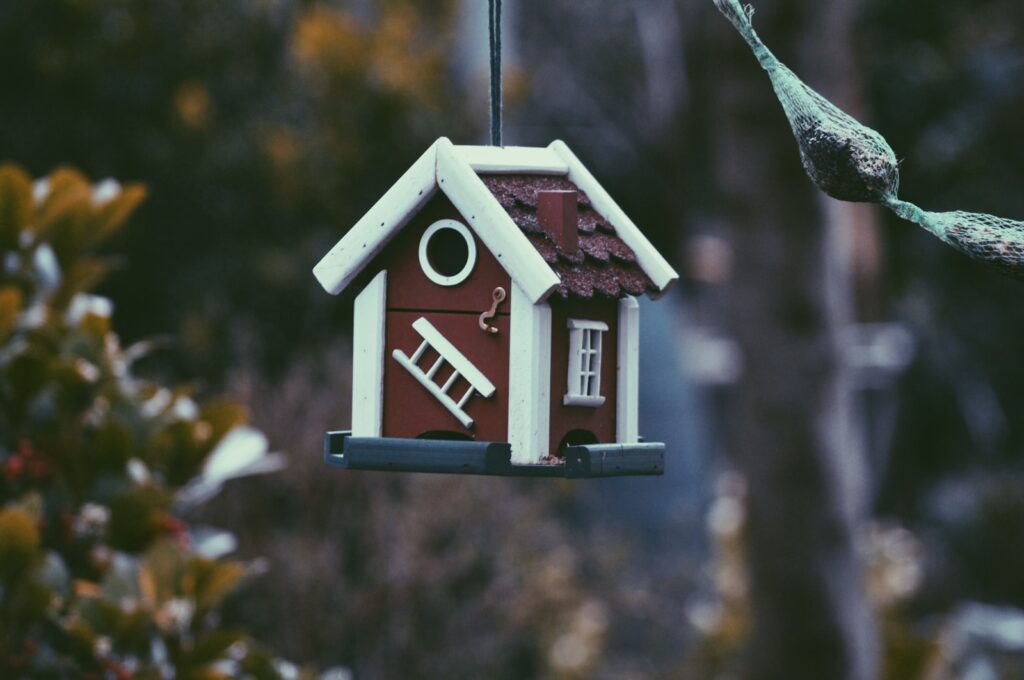Just because you’re not flush with funds, doesn’t mean you’ve got no chance of starting a real estate investment portfolio.
Having little money need not be an impenetrable barrier to property investment, provided you’re smart about it and consider a few key ideas throughout the process.
We asked the experts how potential investors with less cash behind them can get started.
Know your budget & go regional
Wakelin Property Advisory associate director Jarrod McCabe says it’s important to not only be aware of what you can borrow and spend, but also what that amount will get you in your desired area.
McCabe says the starting point for an investment-grade property in Melbourne, for example, is around $450,000, but says many investors are able to get into the market if they lift their vision outside of the capital cities.
“If you’re in New South Wales, perhaps something like Wollongong. Or in Victoria, places like Geelong, Ballarat and Bendigo.
“It’s looking at period style housing, generally within 1km or 2km of the main central business area, so you’ve still got an element of scarcity value to your property. But it should be considered a stepping stone to get back into a city market where you’ll just get more cross-section of demand level and more push on capital growth,” he says.
Consult a good finance broker
Don’t limit your home loan options to only your usual bank, or you could be selling yourself short. Metropole Property Strategists CEO Michael Yardley says a finance broker can sniff out the best loan deal for you, including finding a lender that will maximise the amount you can borrow
“There are still banks that will give you higher loan to value ratios.
“They’re being restricted by APRA at the moment, as we know, but if you just go to one bank they’re only going to give you their criteria, while other banks might be a bit more flexible and look at negative gearing differently or your bonuses differently. They have different serviceability criteria.
“Find a broker who can help you get the right loan for your circumstances,” he says.
Invest with friends or family

You could invest in property with family or friends. Picture: Getty
Yardley says many potential investors who can’t afford a deposit on their own choose to buy the property with a family member or friend.
But that tactic does have some risks.
“The benefit is that, combined, you’ve got two income sources … to prove serviceability and … give you a bigger deposit. The problem is you are jointly liable for the loan, which means if your friend loses their job or can’t keep committing, you are responsible for the whole lot, not for half.”
Find a property the bank likes

Some banks view properties in the Docklands as being riskier. Picture: Erinna Giblin
As the property is an investment, rather than something you’re going to live in, it’s not important for you to be in love with it. Instead, look for a property the banks are in love with, Yardley says, and you’ll potentially minimise the deposit they require from you.
“If you buy the right sort of property in the right postcodes, they’ll lend you a higher loan to value ratio. For example, if you look at (Melbourne) 3000 and 3004, all those postcodes, Docklands, Southbank, it’s the same in Sydney and the same in Brisbane. Where all those new and off-the-plan properties are, they expect you to put a higher deposit down because they see them as more risky.”
Picking the right property
The ultimate goal is for the property’s value to increase as quickly as possible, so McCabe says to focus on one-bedroom apartments in low-rise blocks with less than 20 apartments on the property.
“You don’t want to look at things that have got large numbers of apartments.
“It’s generally an older style block, so you’re in a quiet residential street that’s still close to some sort of village, close to public transport, but not on a main road. Typically, it’s something built between the 1930s and the 1970s and it must have an allocated car space,” he says.
[ad_2]




